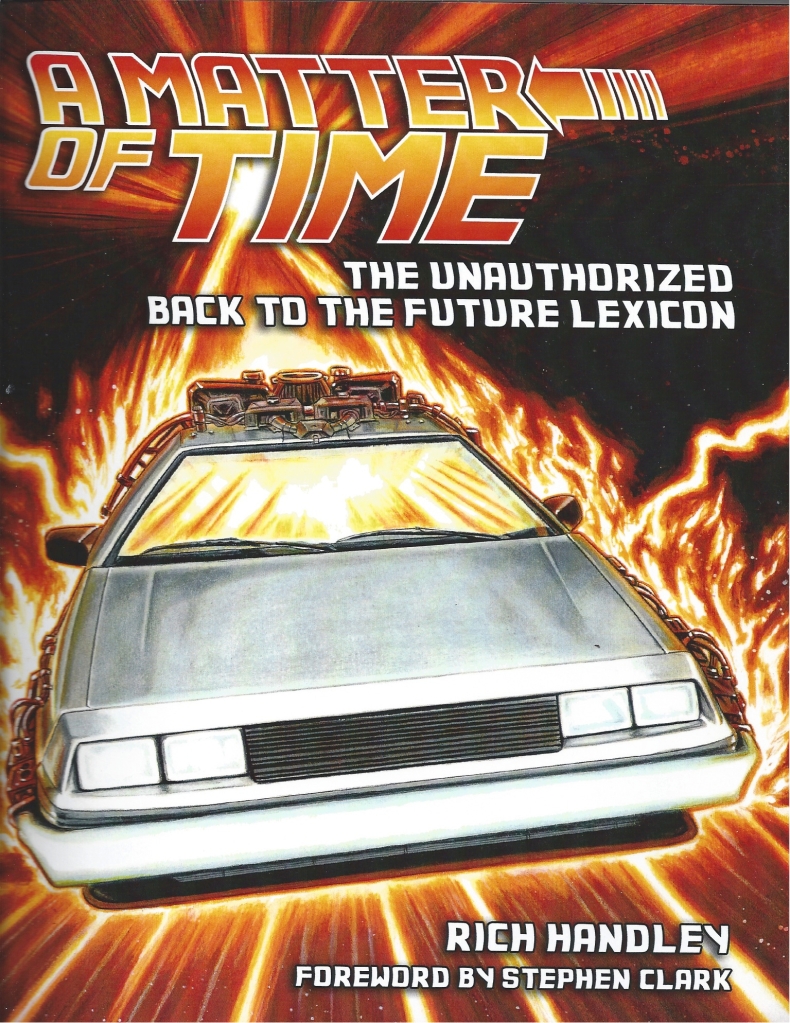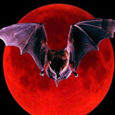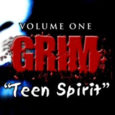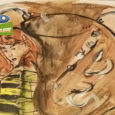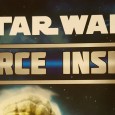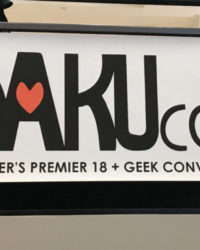I was a teenager in the 1980s, which meant I was 15 when “Back to the Future” first hit the big screen (if you call the 1980s-style multi-plex screens “big,” that is). I was never a big fan of Michael J. Fox so I baulked at seeing the film until my brother, already 22 by then, said I HAD TO SEE IT…IT’S AWESOME. He was right (but don’t tell him that). It was a really great film, and ended up being the first time I remember all three films in a trilogy really fit together, maintain a high momentum and come full circle to an applause-worthy conclusion.
I can’t believe it is actually 25 years since Steven Spielberg and Robert Zemeckis sent the puffy down-vested Marty McFly in his time-traveling DeLorean back in time make out with his mother (in probably what is Lea Thompson’s best role).
I didn’t realize, though, the films had —and still have — such a huge following. Honestly, I haven’t watched them since the movies first came out in theatres.
After reading, Rich Handley’s newly-released, “A Matter of Time: The Unauthorized Back to the Future Lexicon” (Hasslein Books), I’m thinking I’m going to have to either A) update my Netflix queue or B) break down and purchase these films to see these again with my own kids…really soon.
This is, without a doubt, one of the most thoroughly researched books on a movie franchise I’ve seen in a while. Handley, who has created a timeline and lexicon classics like for “Psycho” and the “Planet of the Apes,” films did some painstaking work to put together this encyclopedic volume of all things “Back To The Future.”
My first reaction, of course, was “well, you have really got to be into ‘Back To The Future’ to get anything out of this,” but like any well-put together reference book, all I had to do was glance at a random item and next thing I know I’m bouncing around from entry to entry, remembering (or just learning) details about the movie I never before realized. Before I knew it, I’m an hour into this thing ready to look up Eric Stoltz on YouTube (the first cast pick for Marty McFly) to see his unsuccessful stint as the most famous teen time traveler of the 80s.
 Handley not only combed through every inch of all three movies, he includes items found in the novelization, video games, promotional materials, deleted scenes, various drafts of the screenplay, the Universal theme park ride, and references to actual historic events and figures.
Handley not only combed through every inch of all three movies, he includes items found in the novelization, video games, promotional materials, deleted scenes, various drafts of the screenplay, the Universal theme park ride, and references to actual historic events and figures.
Plus, each page is accompanied by easy-to-follow detailed reference code side bar, and there’s an episode guide to the animated series, an entire appendix of movie posters (including teasers), kids’ meal boxes, the series of covers from the Harvey Comic series, every “invention” possibly credited to Doc Brown, and family lineages. Whew.
I realize there are always limitations of copyright laws and printing budgets, but if I have any complaints it is simply with my personal taste in design. I would have liked to see Handley incorporate a little color (at least in the visual appendix). Also, the black and white fine line-style illustrations, by Pat Carbajal, although beautifully detailed and well done, always seem a little “first draft” to me. I did find the “Jules Verne Train” image particularly good, though. The elaborate borders surrounding every page were a bit much, but I do like the alphabetical indications in the flux capacitors. Nice touch.
I recommend anyone who owns the “Back to the Future” trilogy to pick up a copy of this and keep it on hand. I guarantee you will watch these movies with more eagle-eyed appreciation for the world Spielberg and Zemeckis created. Better yet, give purchase it with the trilogy for a gift giving.
If I were to sum up my thoughts on Handley’s enormous effort in just a brief liner, it would be the clichéd yet appropriate “Great Scott!”— this book took some work.
Lisa Kay Tate
Staff Writer and resident “geek mom”
geekmom@ihogeek.com


